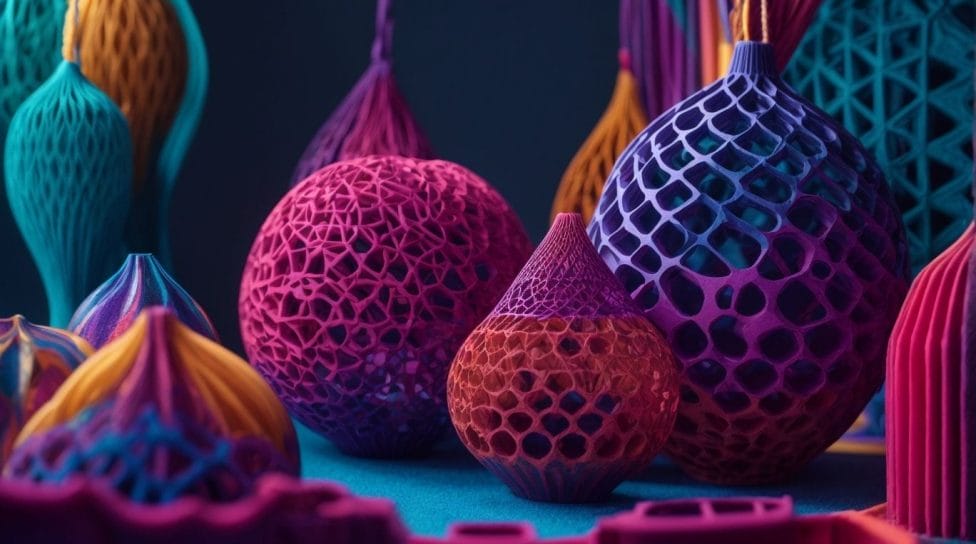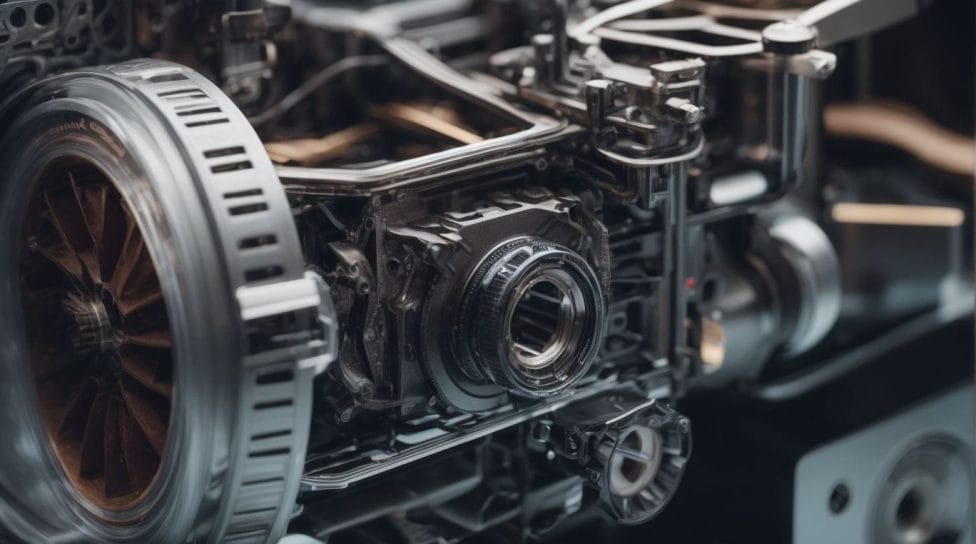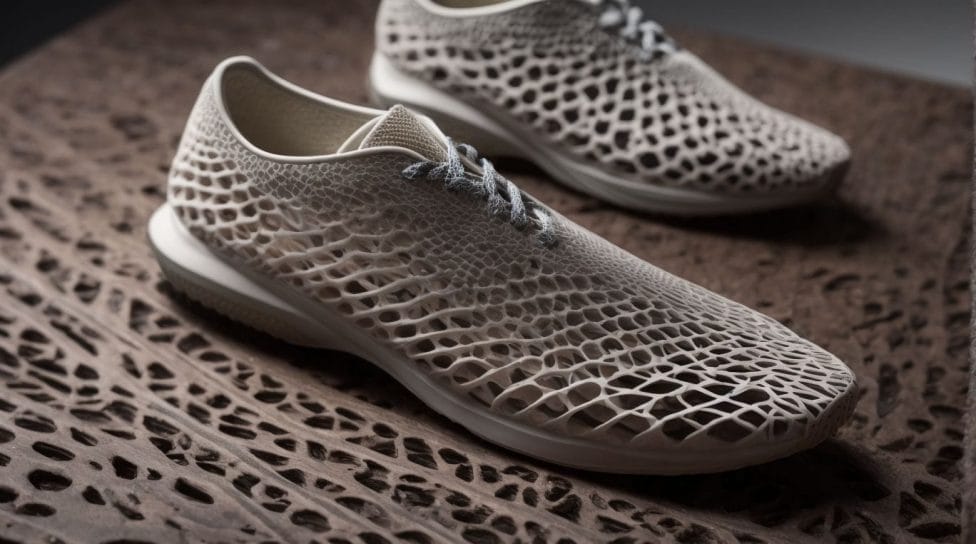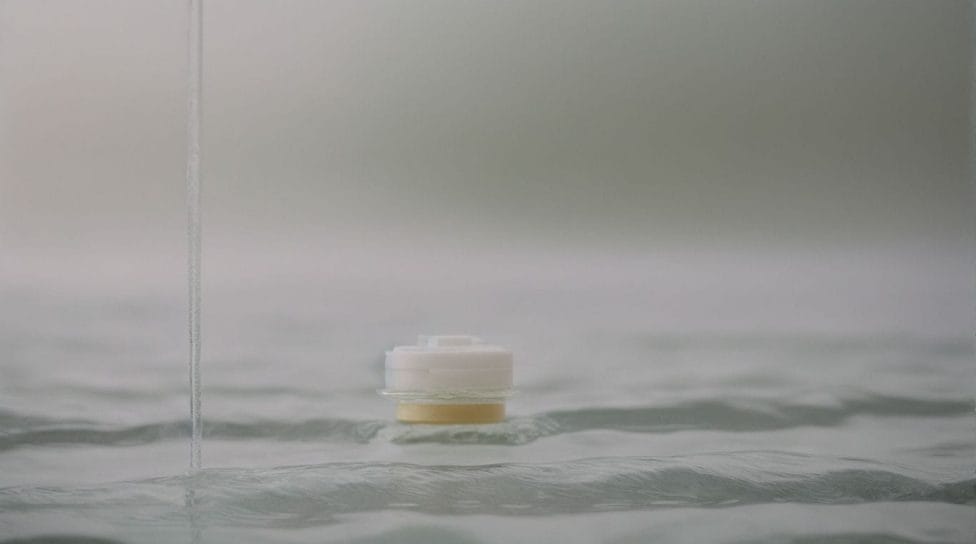3D printing has revolutionized manufacturing and has opened up possibilities for creating complex and customized objects. While 3D printing has been widely used for materials like plastic and metal, the question arises: Can you 3D print rubber? Rubber is a versatile material known for its flexibility, elasticity, and shock-absorbing properties. In this article, we will explore the potential of 3D printing with rubber and its applications. We will also delve into the challenges of 3D printing with rubber and the different methods available. We will discuss the advantages of 3D printing rubber and the limitations and considerations to remember. So, let’s dive into the fascinating world of 3D printing rubber and uncover its possibilities.
Key takeaways:
- 3D printing with rubber is possible: With advances in technology, it is now possible to 3D print rubber-like materials, opening up new possibilities for manufacturing and prototyping.
- Challenges in 3D printing rubber: Rubber materials present challenges such as flexibility, elasticity, and obtaining the desired level of detail during the printing process.
- Various methods for 3D printing rubber: Selective Laser Sintering, Material Jetting, and PolyJet Technology are some methods used to 3D print rubber, each with advantages and limitations.
What is Rubber Material?

Photo Credits: Futureproof3D.Com by Michael Walker
Rubber is a versatile material that is known for its elastic properties. It is derived from the sap of rubber trees or synthesized from petroleum. Rubber is characterized by its ability to stretch and return to its original shape. It is used in various applications, such as tires, gaskets, seals, and footwear. Rubber materials are made up of long chains of polymer molecules, which give them their unique properties. Rubber can be produced in different forms, including natural rubber and synthetic rubber, each with its advantages and uses. What is rubber material? It is a resilient and stretchy material that has a wide range of applications.
Can You 3D Print Rubber?

Photo Credits: Futureproof3D.Com by Ronald Ramirez
- Yes, it is possible to 3D print rubber using certain materials and techniques.
- Flexible materials, such as TPU (thermoplastic polyurethane), can be used for 3D rubber printing.
- FDM printers, or Fused Deposition Modeling printers, are capable of printing rubber-like objects by using flexible filaments that mimic the properties of rubber.
- SLA printers, specifically Stereolithography printers, can also be used to print rubber-like materials by utilizing flexible resin.
- The applications of 3D printed rubber are extensive and include creating prototypes and functional parts that require flexibility, elasticity, and shock absorption properties.
What are the Challenges of 3D Printing with Rubber?
What are the Challenges of 3D Printing with Rubber?
- Material properties: Rubber materials have unique properties, such as flexibility and elasticity, making them difficult to work with in 3D printing.
- Nozzle clogging: Rubber filaments are prone to clogging the nozzle due to their soft and sticky nature. This can result in interrupted prints or uneven extrusion.
- Adhesion: Rubber materials may not adhere well to the print bed, causing issues with warping or detachment during the printing process.
- Bridging and overhangs: Rubber materials have poor bridging capabilities, making it challenging to print objects with complex geometries or overhangs.
- Surface quality: Achieving smooth surface finishes can be difficult with rubber due to its inherent material properties and the limitations of the 3D printing process.
Pro-tip: To overcome these challenges, it is recommended to use specialized 3D printers with modifications such as a heated build chamber or a dual-extrusion system to improve adhesion and support structures for better print quality.
Methods for 3D Printing Rubber

Photo Credits: Futureproof3D.Com by Stephen Lopez
Curious about how rubber can be 3D printed? Let’s explore the fascinating methods that make it possible. In this section, we’ll dive into selective laser sintering, material jetting, and PolyJet technology. Each approach has its unique way of bringing rubber to life through 3D printing. Get ready to uncover the innovative techniques and possibilities behind these methods as we discover the art of bringing rubber creations into the third dimension!
Selective Laser Sintering
Selective laser sintering (SLS) is a widely popular method for 3D rubber printing due to its exceptional ability to produce rubber objects with complex geometries and high-resolution prints. Here are some key points about SLS:
- SLS uses a laser to selectively fuse powdered rubber materials layer by layer, resulting in the creation of a solid object.
- Thanks to its versatility, SLS offers a wide range of rubber-like materials with diverse properties such as flexibility, hardness, and durability.
- SLS is highly suitable for both prototyping and manufacturing custom rubber components used in industries such as automotive, aerospace, and medical.
- One of the most fascinating aspects of this method is that it allows for producing functional rubber parts with intricate designs, including overhangs and complex internal structures.
Fact: SLS was first developed in the 1980s by Dr. Carl Deckard and has since gained widespread usage in various industries for 3D printing rubber.
Material Jetting
Material jetting is a cutting-edge 3D printing technique that enables the precise deposition of liquid photopolymer materials to fabricate rubber-like objects. This innovative method utilizes printheads to jet minuscule droplets of liquid material onto the build platform. Once the material is deposited, it undergoes a curing process using UV light to solidify and take the desired shape.
- High Precision: Material jetting provides exceptional resolution and accuracy, making it the perfect choice for manufacturing intricate rubber parts.
- Wide Range of Materials: This remarkable technique supports a diverse selection of rubber-like materials, each possessing distinct shore hardness and unique properties.
- Smooth Surface Finish: Material jetting guarantees the production of smooth and highly detailed surface finishes, effortlessly eliminating the need for supplementary post-processing steps.
- Multi-material Printing: This advanced printing method facilitates the simultaneous printing of multiple materials, creating complex rubber structures with varying characteristics.
- Applications: Material jetting finds extensive utilization in various industries such as automotive, aerospace, and healthcare for prototyping, product development, and the fabrication of customized rubber components.
PolyJet Technology
PolyJet technology, a widely used method for 3D printing rubber, utilizes inkjet printing to incorporate flexibility and elastomeric properties into parts seamlessly. This advanced technology operates by precisely depositing photopolymer materials in thin layers onto a build tray and solidifying each layer through exposure to UV light. The result is a remarkable final product that demonstrates accuracy and suppleness. What sets PolyJet apart are its numerous advantages: the capability to manufacture intricate geometries, a vibrant color palette, and the ability to produce components with diverse material characteristics within a single print. Admittedly, it is essential to consider some limitations, such as relatively lower durability and comparatively higher costs of alternative rubber 3D printing techniques.
Applications of 3D Printed Rubber

Photo Credits: Futureproof3D.Com by Billy Garcia
Discover the exciting world of applications for 3D-printed rubber. From prototyping to customized products, this section explores how this cutting-edge technology has revolutionized various industries. Get ready to learn about the endless possibilities and the incredible flexibility that 3D-printed rubber brings. Whether you’re an innovator, designer, or simply curious about this groundbreaking field, we’ve covered you with fascinating insights and real-world examples. Get ready to be amazed by the incredible potential of 3D-printed rubber!
Prototyping
Prototyping is a crucial step in the 3D printing process, allowing for the development of functional models and prototypes before mass production. Here is a comprehensive list of steps to follow when utilizing 3D printing for prototyping:
| Design: | Generate a digital model of the desired product using CAD software. |
| Preparation: | Configure the 3D printer with the appropriate rubber material and ensure it is accurately calibrated. |
| Printing: | Initiate the prototyping process by commencing the 3D printing operation, enabling the printer to layer the rubber material based on the design specifications. |
| Testing: | Assess the printed prototype for structural integrity, functionality, and overall quality. |
| Iterate: | Incorporate the feedback obtained from testing to implement any necessary design modifications, and if required, repeat the printing process. |
A company with expertise in manufacturing prosthetic limbs successfully utilized 3D printing for prototyping purposes. By rapidly iterating and refining their designs through the 3D printing process, they were able to create tailored prosthetics that fit better and significantly improved the quality of life for their customers.
Customized Products
When it comes to 3D printing, one exciting application is the ability to create customized products. With rubber materials, the possibilities for customized products are endless. Here are a few examples of how 3D-printed rubber can be used:
- Customized footwear printing allows for creation of personalized shoe soles that fit perfectly to an individual’s feet.
- Protective gear: From knee pads to mouthguards, 3D-printed rubber can be tailored to provide optimal protection and comfort.
- Phone cases: Design your unique phone case using flexible and durable 3D-printed rubber materials.
- Jewelry: Create one-of-a-kind accessories such as bracelets or earrings with intricate designs using rubber materials that can withstand daily wear.
- Grips and handles: Enhance the ergonomics of everyday objects like tools or kitchen utensils with custom rubber grips for a more comfortable and secure hold.
With the ability to create highly personalized products, 3D printing with rubber opens up a world of opportunities for customization. Embrace your creativity and design unique items that suit your needs and style.
Advantages of 3D Printing Rubber

Photo Credits: Futureproof3D.Com by Mark Clark
There are several advantages of 3D printing rubber, making it a versatile option for various applications.
- Design flexibility: 3D printing allows for the creation of complex geometries and intricate designs that would be difficult or impossible to achieve with traditional manufacturing methods.
- Customization: With 3D printing, rubber parts can be easily customized to meet specific requirements and fit unique applications, enabling personalized products and solutions.
- Cost-effectiveness: 3D printing eliminates the need for costly molds or tooling, reducing production costs and allowing for on-demand manufacturing.
- Rapid prototyping: The quick turnaround time of 3D printing enables the rapid production of prototypes, allowing for faster iterations and product development.
- Reduced waste: By only using the necessary amount of rubber material, 3D printing minimizes material waste, making it a more sustainable manufacturing process.
Limitations and Considerations

Photo Credits: Futureproof3D.Com by Douglas Baker
Regarding 3D printing rubber, there are certain limitations and considerations. These limitations and considerations include:
- Mechanical properties: Rubber-like materials used in 3D printing may not possess the same flexibility and elasticity as traditional rubber.
- Printing technology: Selecting the right printing technology is crucial, as not all printers are capable of effectively printing rubber-like materials.
- Material availability: The range of rubber-like materials available for 3D printing is more limited than that of other materials.
- Print quality: Achieving high-quality prints with rubber-like materials can be challenging due to factors such as layer adhesion and surface finish.
These limitations and considerations will help ensure a successful and satisfactory 3D printing experience with rubber-like materials.
Some Facts About “Can You 3D Print Rubber?”:
- ✅ rubber cannot be 3D printed in its natural form. (Source: Wevolver)
- ✅ Elastomers, a group of elastic polymers, can be 3D printed. (Source: Wevolver)
- ✅ Flexible filaments like TPU and soft PLA can be used for 3D printing rubber-like materials. (Source: Wevolver)
- ✅ Flexible resins are suitable for 3D printing rubber, particularly in vat photopolymerization processes like SLA and DLP. (Source: Wevolver)
- ✅ Some companies have developed methods to 3D print silicone rubber, a valuable material for its biocompatibility. (Source: Wevolver)


